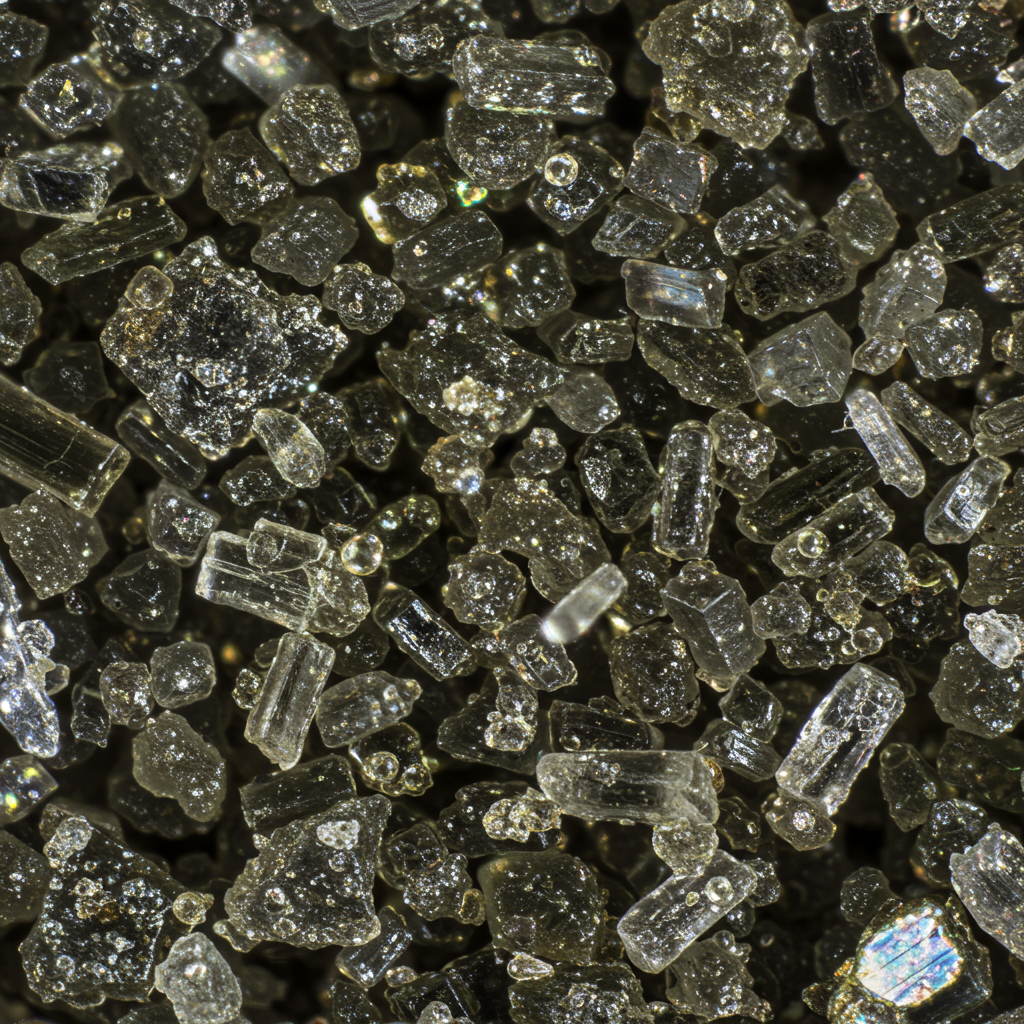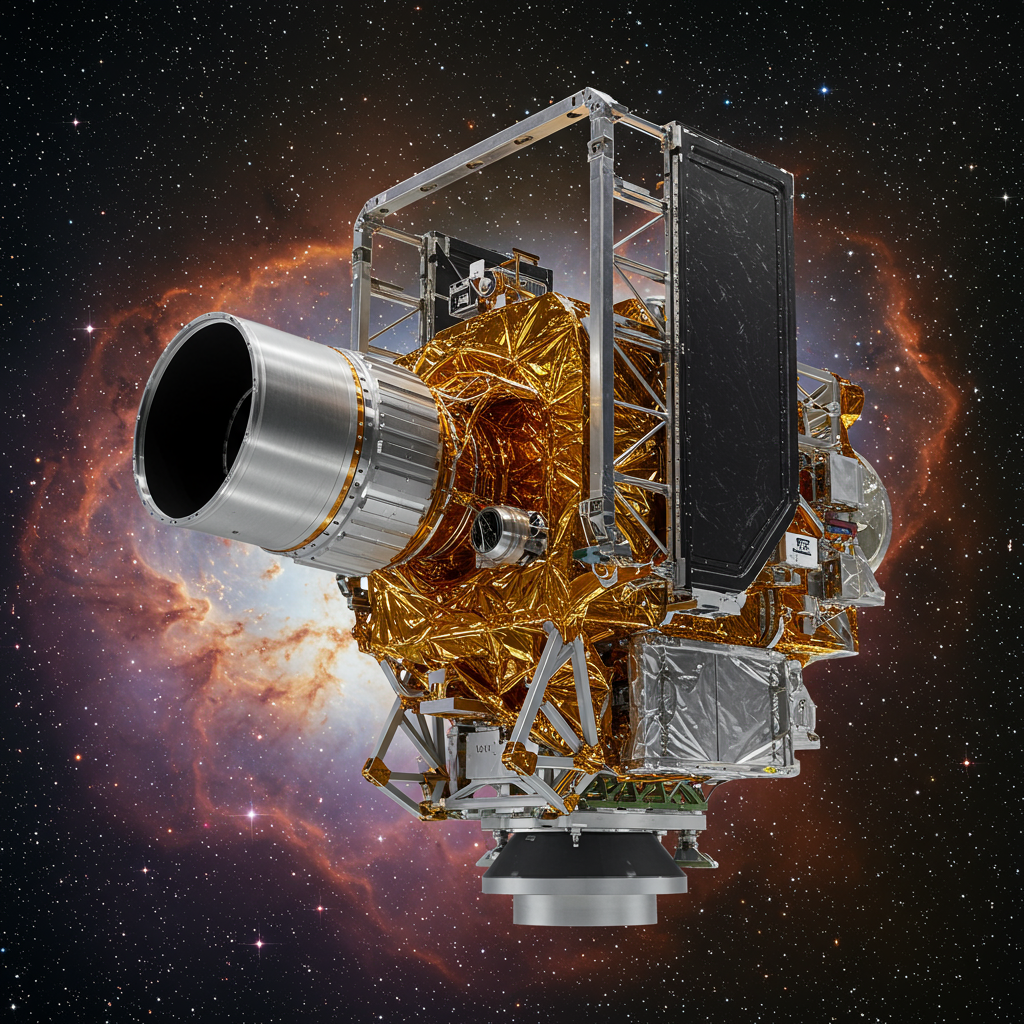Ancient “Time Capsules” Reveal the Moon’s Fiery Secrets
For decades, tiny specks of lunar glass, collected during the Apollo 17 mission in 1972, have held silent witness to the Moon’s violent past. These microscopic beads, each less than a millimeter across and sparkling like cosmic confetti under a microscope, were formed during explosive volcanic eruptions billions of years ago. Now, thanks to cutting-edge scientific technology, these extraordinary “time capsules” are rewriting our understanding of lunar history, revealing a more dynamic and volatile early Moon than previously imagined.
The Explosive Birth of Lunar Glass Beads
Unlike the slow-moving lava flows that formed the dark plains (maria) we see on the Moon today, these glass beads are evidence of a different kind of volcanism: explosive fire fountains. Between 3.3 and 3.6 billion years ago, molten basalt erupted from deep within the lunar interior. Propelled into the near-vacuum of space, the lava broke into tiny droplets that instantly froze as they rained back down onto the surface.
This rapid cooling process, unlike anything seen in Earth’s atmosphere which would cause erosion or slow descent, perfectly preserved the fragile spherical shape and the chemical makeup of the ancient lunar mantle material. The result is a collection of pristine, tiny capsules of the Moon’s interior from billions of years ago, found embedded in lunar rocks and soil.
Unexpected Discoveries: Water Trapped Within
One of the most surprising revelations locked inside these tiny glass beads is the presence of water. For a long time, the Moon was thought to be bone-dry. However, melt inclusions within these beads contain significant amounts of water – up to 1,410 parts per million. This concentration is remarkably comparable to the water content found in Earth’s upper mantle.
The discovery of water trapped in these ancient volcanic products fundamentally challenges previous assumptions about the Moon’s early environment and formation. It suggests the lunar interior held far more volatile material than scientists once believed, indicating a potentially wetter past for our seemingly arid satellite.
Reading the Layers: A Volcanic Journal on the Surface
Even more incredible than what’s inside is the story preserved on the beads’ surfaces. Scientists are using advanced analytical tools, including techniques like NanoSIMS, atom probe tomography, and scanning-electron microscopy – technologies unimaginable when the samples were collected 50 years ago – to examine ultra-thin coatings, sometimes less than 100 nanometers thick.
These nano-layers are like a detailed journal entry from the eruption cloud. Researchers have identified compounds like zinc sulfide (sphalerite) within these coatings. Analysis reveals compositional gradients, such as iron-rich material near the glass transitioning to purer zinc further out. This gradient is a direct record of the conditions within the volcanic plume as the bead traveled through it – showing how the cloud cooled and thinned, and pressure decreased over time.
Traces of other volatile elements like sodium chloride, gallium, and fluorine have also been found, painting a vivid picture of the chemistry present in those ancient fiery fountains. Differences in composition between the orange and black varieties of these beads highlight how the style and conditions of lunar volcanism changed over millions of years, offering unprecedented insights into the evolution of the Moon’s interior.
Insights for Future Lunar Exploration
This deep dive into the Moon’s ancient volcanic past isn’t just academic; it has practical implications for future missions like NASA’s Artemis program, which aims to establish a sustainable human presence on the Moon. Understanding the distribution of elements like sulfur and zinc, mapped through the analysis of these beads, is crucial for identifying potential resources and assessing landing zones.
Furthermore, the sulfur isotope shifts within the coatings provide vital data on the flow and characteristics of volcanic gases, which helps mission planners understand the geological environment and potential hazards at different lunar locations.
By studying these tiny glass beads, scientists are not only unlocking the secrets of our nearest celestial neighbor but also gaining valuable perspectives on volcanic processes that may have occurred on other airless bodies throughout the solar system, offering a template for exploring other dynamic worlds. The enduring scientific value of samples returned from early space missions, combined with modern analytical power, continues to transform our view of the cosmos.




